Resisted Sprinting and Its Role in Developing Sprinting Performance
Introduction
The skill of sprinting is a key performance determining factor whether that be directly in track and field, or indirectly in team sports [1]. This can be broken down into three phases: the acceleration phase, the maximum velocity (MV) phase and the deceleration phase [2]. Both the acceleration phase and the MV phase are highly influential on performance, as longer acceleration distance and greater maximum velocity are positively correlated (r = 0.7; p ≤ 0.05) with improved sprint performance [3, 4]. In team sports, practitioners are mainly concerned about the acceleration and MV phases of sprinting [5]. This is due to sprint distance typically being < 30-m in the majority of team sports [6, 7], with maximum velocity from a static start being achieved at 30-40-m in team sports [8-11]. Therefore, the ability to reach the highest velocity possible in the shortest distance is paramount to sporting success and is evident as even a 0.8% impairment in sprint velocity increases the likelihood of a player losing possession to the opponent, which can have a negative effect on sporting performance (i.e. loss of possession) [12]. These athletic qualities are underpinned by an athletes force-velocity (F-V) profile, the mechanical components of the neuromuscular system, force, velocity and power [13].
Therefore, the purpose of this review is to; firstly, establish the determinants of successful sprinting performance; secondly, discuss the effects of different traditional resistance training (RT) methods on sprinting performance; thirdly, discuss the laws of training transfer (TT) and specificity; and finally, analyse the effects of resisted sprinting (RS) on sprint performance.
Determinants of Sprint Performance
Sprinting biomechanics can be subdivided into kinetics and kinematics. The kinetics of sprint performance focuses on the forces acting on the body which occur when sprinting, Kinematics on the other hand, refer to the resultant movement of the body segments [14]. Hay [14] proposed the deterministic model of sprinting, this model is sub-divided into step rate/frequency (Figure 1) and step length (Figure 2) with both factors influencing sprint performance.
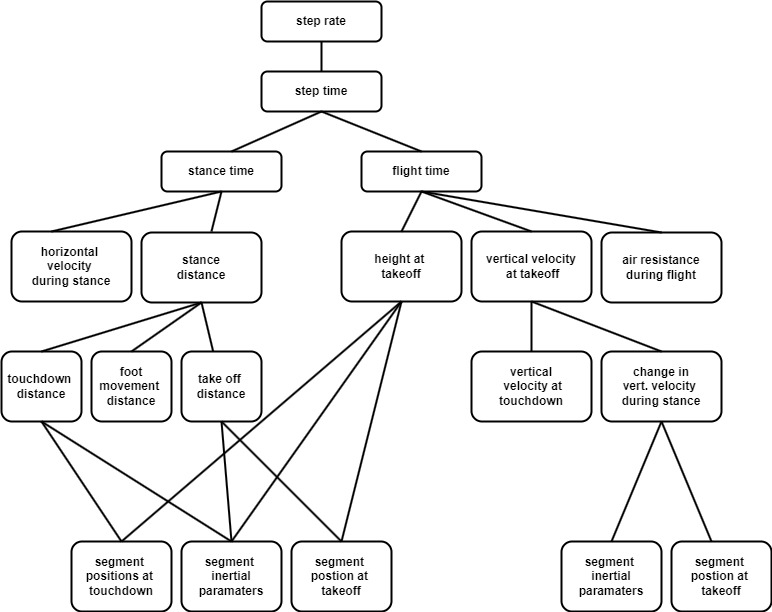
Figure 1: Deterministic model of step rate as a performance determining factor of sprinting [14].
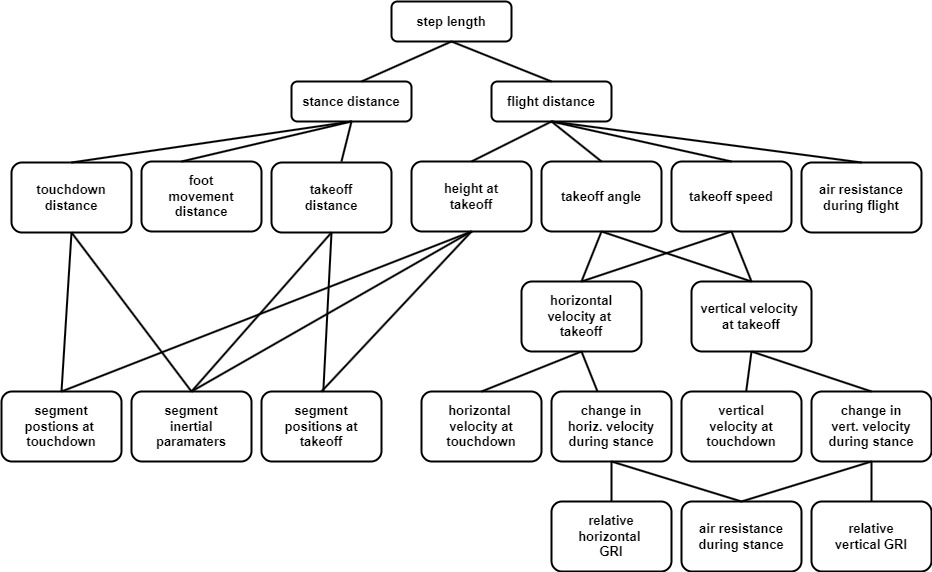
Figure 2: Deterministic model of step length as a performance determining factor of sprinting [14].
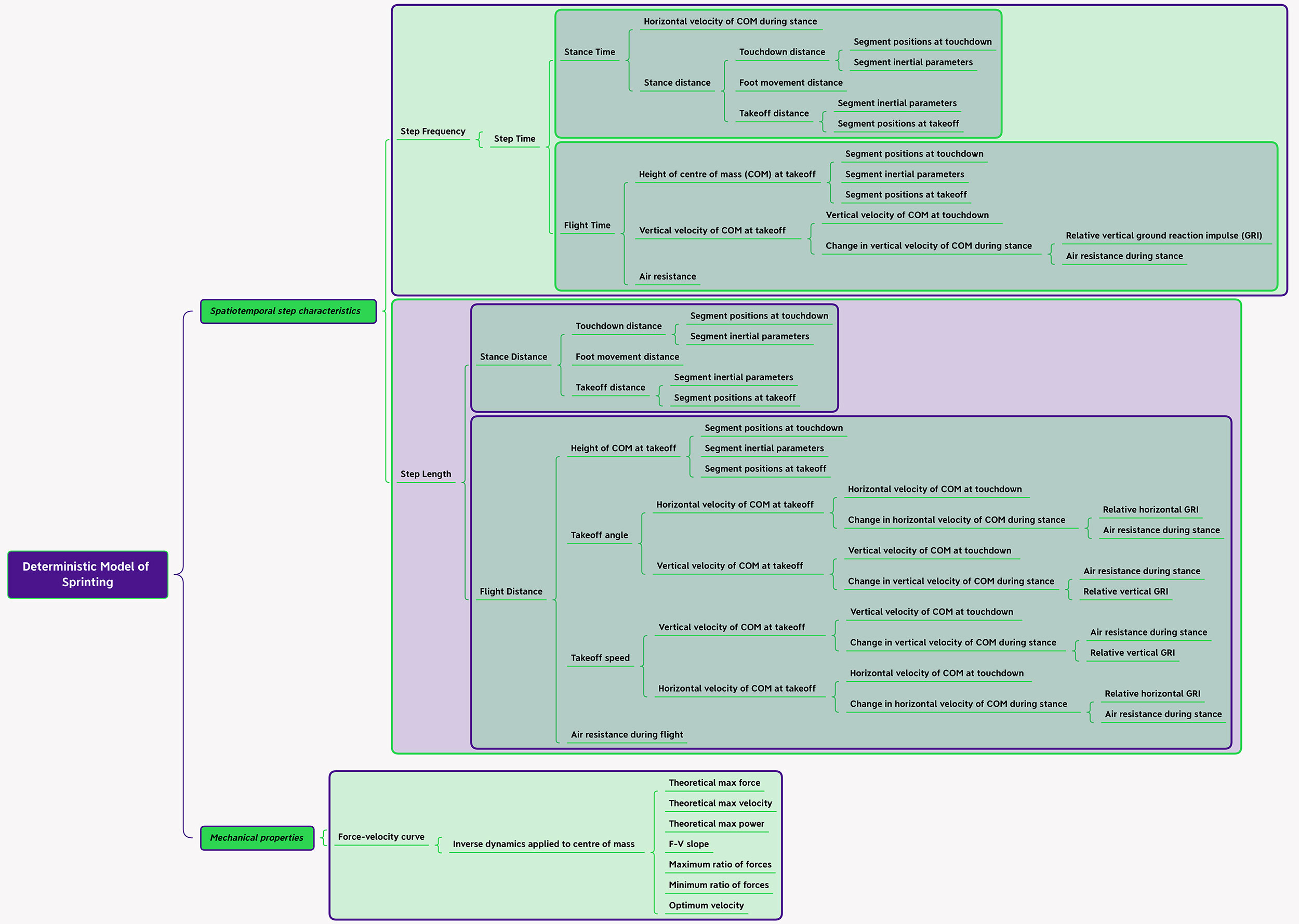
Both the kinematic and kinetic factors of sprinting are intertwined with no single variable of sprinting performance associated with better sprinting performance alone [4]. However, as sprinting can be defined as a ballistic movement, i.e. accelerating a moving mass as much as possible, it is highly influenced by kinetic variables [15]. These kinetic variables play an important role…

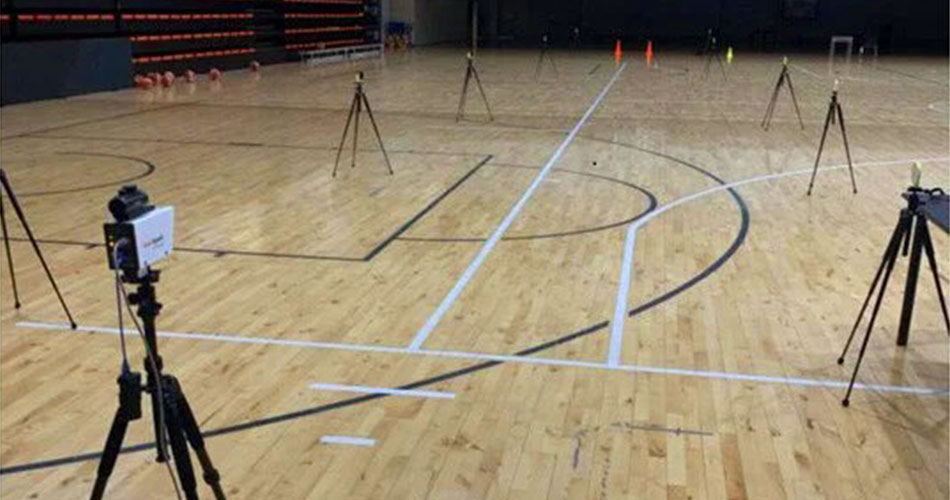


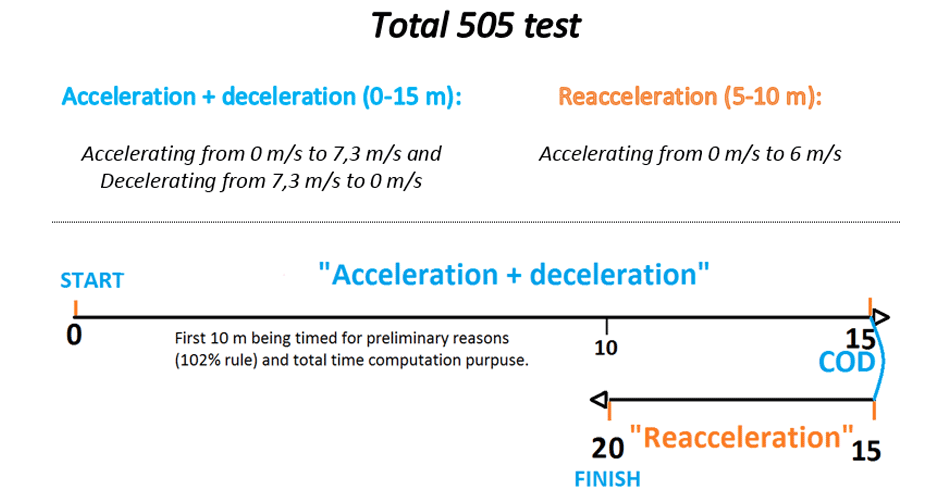






Responses